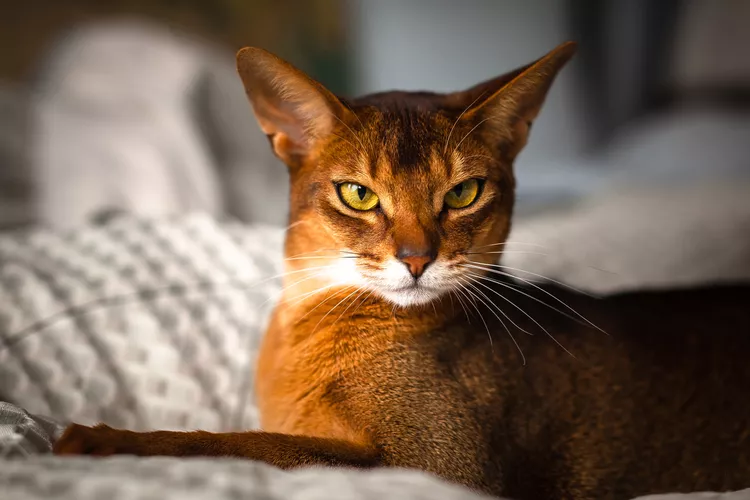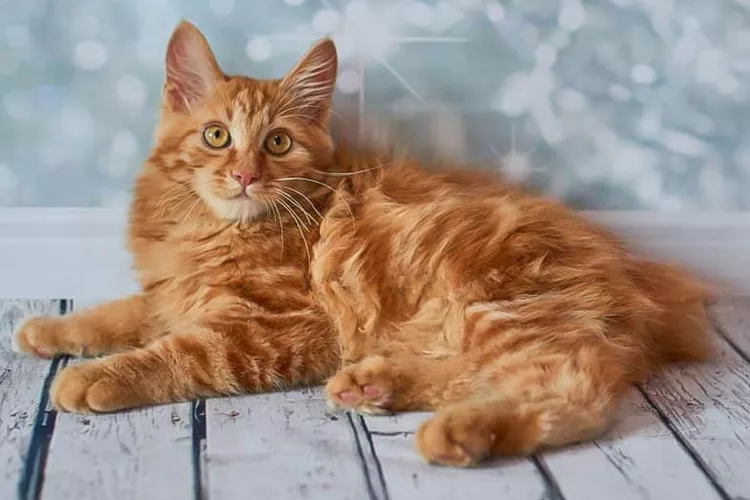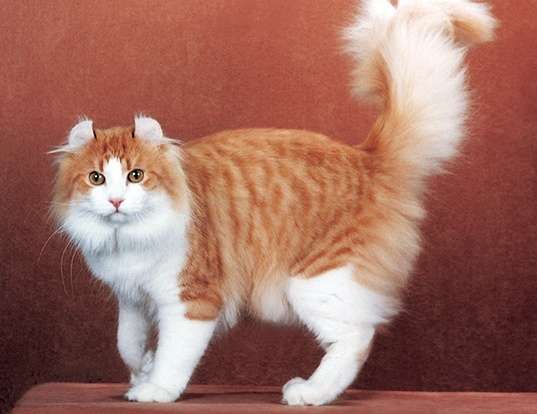
Description
Size: Females can grow to between 10 and 14 pounds and the males between 15 and 20 pounds.
Highlanders are powerful, medium- to large-sized cats with rectangular bodies and a straight back. Because the back legs are longer than the front legs, the hips are higher than the shoulders. Highlander men are bigger than Highlander women.
The species with long hair has rounded feet with large knuckles and toe tufts. Short and thick, the one-inch tail shouldn’t hang below the hock. The tail could be kinked or curled. The highlander has a broad, inverted-pear-shaped head with a strong, deep chin, a squared-off muzzle, a wide nose, and a straight to slightly rounded forehead. The muzzle, nose, and chin are all straight lines in profile. The eyes have an oval shape that is somewhat flattened or hooded. The medium-sized ears have a wide base and are somewhat elevated on top of the skull.
Origin and History
The highlander’s history dates back to the 1990s, when a cat breeder in the United States decided to develop a new variety that would resemble large wild cats. The earliest crossings were made between the desert lynx and jungle curl cat breeds; the offspring was first known as the highlander lynx, but none of the major cat registries ever acknowledged the breed.
The modern highlander is a member of the TICA’s Advanced fresh Breeds Class, the second tier of the Championship Advancement Class Program, and was developed over time through fresh breeding attempts employing domestic cats. Advanced New Breeds are permitted to compete at TICA-approved cat events, but they are not eligible for awards or points. The Cat Fanciers Association does not recognise the highlander.
Behavior
Activity Level: high
Social Needs: Despite being friendly with most people, including strangers, this people-oriented cat shows his family the most love.
The highlander has a lot of energy and is playful. Despite being friendly with most people, including strangers, this people-oriented cat shows his family the most love. The breed gets along well with other cats and cat-friendly dogs.
As Pet

Grooming
Due to their short coat, Highlanders don’t need much maintenance when it comes to grooming. Some Highlander cats, meanwhile, have longer coats that would obviously need a little more attention. While Highlanders with longer coats should be brushed every few days, those with shorter coats can be brushed once each week.
Brushing your Highlander’s teeth will help prevent dental issues. The frequency of this just requires a few times each week, but you should begin the habit while your cat is still a kitten to help them get used to it. If you begin when they are already adults, they will fight you, making it harder and possibly leading to some scratches. Never use toothpaste made for humans on your cat. Use toothpaste made exclusively for cats in its place.
Your Highlander needs their nails clipped, just like all cats do. To get this done, you can take them to a groomer around once per month. We advise against trimming your cat’s nails unless you have received special training since you risk hurting them.
Diet and Nutrition
The highlander cat is less likely to gain weight since he is inherently athletic and active. But if diet is not adequately handled, every cat has the potential to overeat. Lean cats are healthier cats, and maintaining a healthy weight can help ward against diseases like diabetes and arthritis that are linked to obesity. Don’t leave food in the bowl all day. Give adult Highlanders two meals per day instead. Eat three to four times a day for young kittens. Overeating can be avoided by serving measured meals. Find out what kind of food is best for your Highland cat by consulting your breeder or veterinarian.
Exercise
Even if the majority of Highlander cats receive plenty of exercise by racing about the house or yard, playing with them will strengthen your relationship. Playtime is enjoyable, but it’s also essential to your cat’s happiness and wellbeing. Your cat won’t gain weight if it gets daily activity and eats a healthy diet.
By moving it about the room with a laser, you may give your cat some exercise. You only need to move your arm so that your cat will chase after it. Your cat will jump, run, and circle if you give it a wand with feathers at the end. You can take your cat outside and into nature for daily exercise once you’ve taught it to walk on a leash. A cat tower or tree is a great method to get them climbing and playing if you’re gone for the majority of the day.
Table





